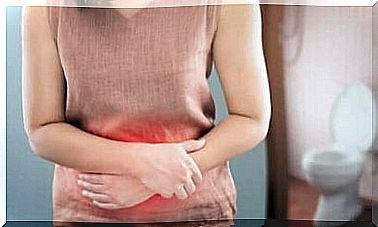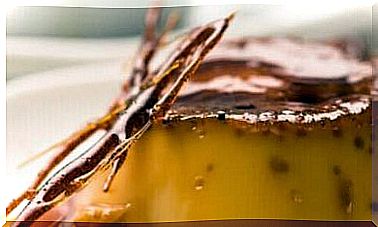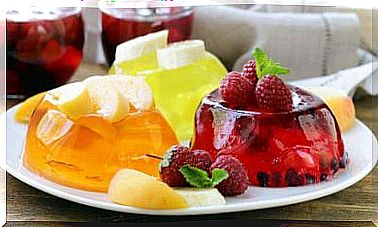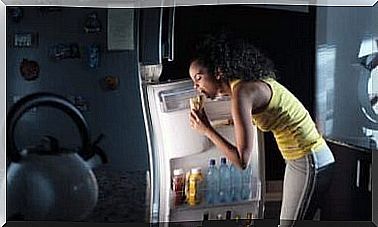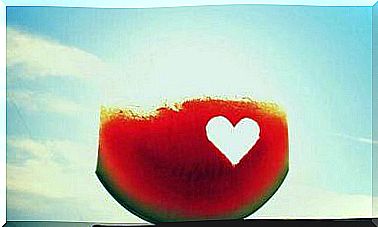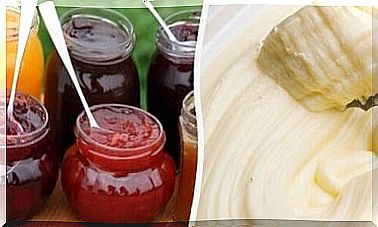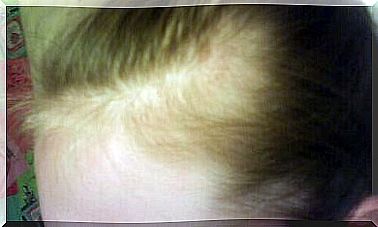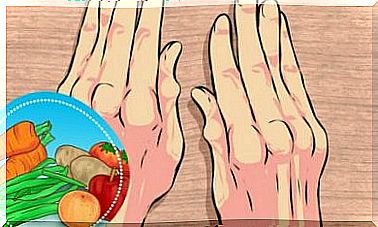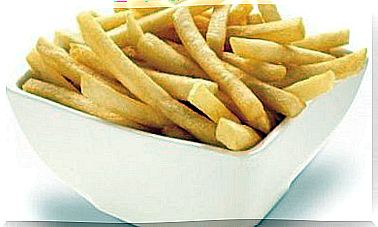Dairy Products Do Not Prevent Bone Loss
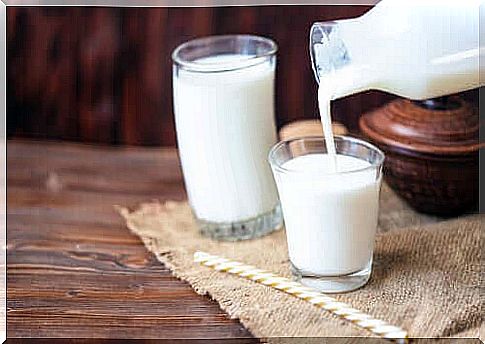
For decades, dairy products have been thought to prevent osteoporosis. However, this is now controversial. In this article, we will explain why dairy products do not prevent bone loss.
Although dairy products are high in calcium, other factors such as exercise or vitamin D levels are much more important in the fight against osteoporosis. This disease is characterized by the fact that it is common in postmenopausal women.
Osteoporosis is an irreversible disease and it is very important to strive to prevent it. When the bones begin to lose minerals, the lost calcium is no longer recovered. For this reason, it is important to keep adequate stocks of this mineral at an early stage.
Dairy products are not the best source of calcium
Contrary to popular belief, some foods get more calcium than dairy products, such as green leafy vegetables. However, caution should be exercised with such products because if they contain large amounts of phytates or fiber, the bioavailability of calcium may be impaired.
According to an article in Nutrition Research Reviews, there is not yet strong evidence of a link between high dairy consumption and reduced bone loss. There is some evidence that regular drinking of milk could reduce the risk of bone fractures, but this link is not scientifically strong and indisputable.
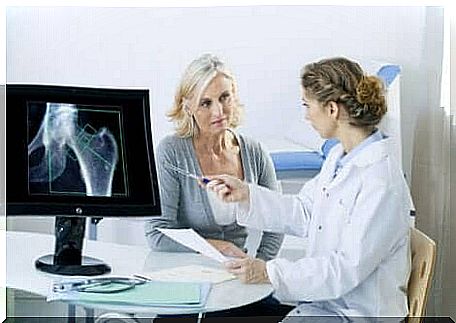
Vitamin D helps prevent bone loss
A more effective way to prevent osteoporosis than consuming plenty of dairy products is to maintain vitamin D levels at optimal readings. This nutrient and hormone improves calcium absorption and attachment to bone, which reduces the risk of fracture, according to this article published in Osteoporosis International.
To ensure adequate levels of vitamin D, the most important thing is to get sunlight repeatedly. This promotes internal nutrient production, thus reducing the risk of disease in the medium and long term.
Vitamin D can also be obtained through diet, but it is found in only a few foods. Acceptable amounts are found in fatty fish, eggs and vitamin D-dairy products. Even some fungal species contain this vitamin.
Exercise in the prevention of osteoporosis
In addition to diet, exercise is an effective way to increase muscle mass and bone density. Regular exercise reduces the risk of fractures in the medium and long term, thus being a protective factor against osteoporosis.
For this reason, diet and exercise together are a good way to prevent this disease in menopausal women. However, it is a good idea to adopt these habits in time, not until osteoporosis has already been diagnosed.
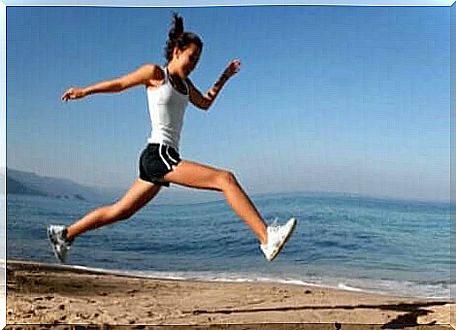
Dairy products alone do not prevent bone loss
Of course, dairy products provide nutrients that are good for the body. Many of them also contain probiotics that improve intestinal health. But when it comes to bone loss, this food group doesn’t have a big advantage over other options.
Vitamin D can be helpful. This nutrient enhances the absorption and attachment of calcium to the bones, thus reducing the risk of osteoporosis. However, vitamin D deficiency is common in the population due to low intake of sunlight. For this reason, it is recommended to make changes in your diet and enjoy more foods rich in vitamin D. In some cases, vitamin D supplementation is needed.
One of the most important recommendations is to do strength exercises as a preventative measure against osteoporosis. Regular exercise reduces the risk of fractures in postmenopausal women. Combining diet and exercise is therefore an ideal way to combat bone loss.
